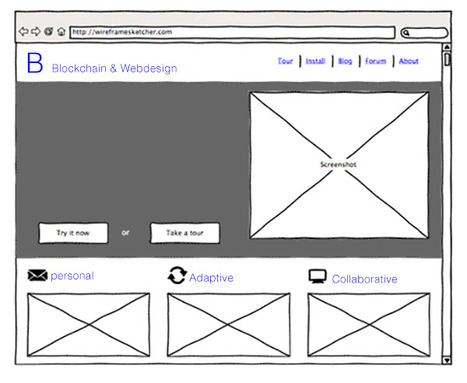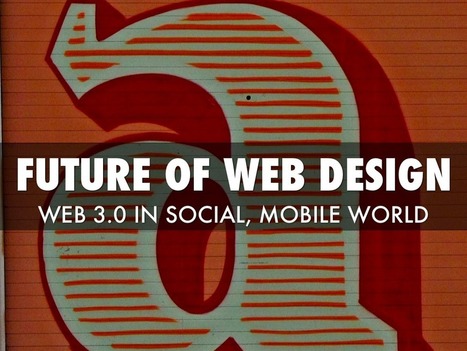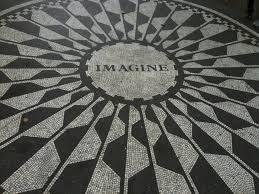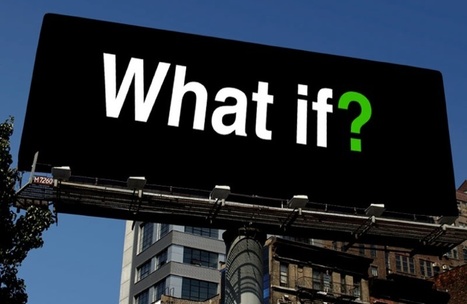
Blockchain Disruptions
As we shared in BI Revolution and Curation Revolution Blockchain isn't just for Bitcoin anymore. Imagining a distributed, verified and all but fraud-proof transaction network will change how we think about designings websites too.
Websites are Dumb
Today, as social media proves, our customers want collaboration, community, and conversations. Google understands the value of highly personalized results.
The Google "float" where you and I can type the same search at the same time and receive different results is an example of hyper-personalization blockchains are sure to bring to e-commerce.
Websites powered by algorithms to read a customer's blockchain show the most relevant information to convert now. Lectures die in favor of predictive analytics and conversations.
When we learn, thanks to the blockchain, a customer just purchased something related to what we sell why show customers anything other than the products our data tells us will convert visitation to transactions? Answer: we wouldn't.
Internet of Things
The "life is better" promise suggested by the Internet of Things (IOT) is a harvest we only reap with creative use of blockchain. If everything knows everything about everyone, where we are head anyway, our ability to turn chaos into meaning, efficiency and a better life depends on a multipoint, verified and shared network.
As we noted in our Curagami post The Blockchain Disruption Is Coming Sun Microsystems John Burdette Gage was right - the network is the computer. And the only way our lives don't dissolve into a puddle of chaos, confusion, and anger is by using community blockchain to inform, personalize, and humanize the Internet of things.
Read our friend David Amerland's great What If We Had A New Value System for Goods and Services to understand the need for, the promise of, and difficulty to create a meaningful, fair, and efficient future.
How Blockchain Change Web Design
Web design changes from static to flexible, from we create to we curate and from lectures to conversations. Like Google, we won't create a single, static, boring page. Instead, thanks to the blockchain, we will design interactive experiences capable of changing on the fly.
And we'll have flying cars too. We realize we've heard similar mostly unfulfilled promises before. And there are significant hurdles such as how most merchants feel about their customer information - highly proprietary.
If the web proves anything, it is the absurdity of "highly proprietary" thinking. What is exclusive when what we do is digital and so easily shared instantly and around the world? Answer: nothing is uniquely yours anymore.
We don't see the usual drip, drip, drip of acceptance for blockchain empowered, flexible and personal web design. Everyone goes, or no one and the undeniable benefits of using a "dispersed ledger" to inform our digital marketing is so holdouts will lose share, traffic, and loyalty.
Best to LEAD in innovative ways to use blockchain to inform your web designs since to do otherwise is to risk...well everything.



 Your new post is loading...
Your new post is loading...















How blockchain will make the Internet of Things possible and change web design.